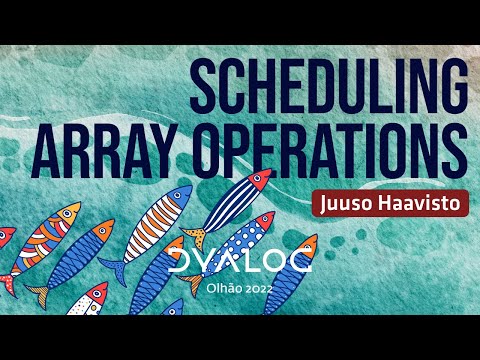Description:
Explore the world of scheduling array operations in this 22-minute conference talk from Dyalog '22. Dive into Juuso Haavisto's research on static scheduling and its applications in optimizing execution across various hardware and compute infrastructure settings. Learn how type theory aids in parallelizing array operations for graphics processing units and distributed computing. Discover the APL approach to data and its benefits for GPU and multi-core programming. Examine ongoing research in academia and industry, abstract interpretation for software bug detection, and the concept of types in academic contexts. Understand the language trilemma of performance, productivity, and generality. Investigate static semantics and rank polymorphism in array languages, and explore how shape analysis can build constraints that align computer understanding with APL programmers' perspectives.

Scheduling Array Operations for GPU and Distributed Computing
Add to list
#Computer Science
#High Performance Computing
#Parallel Computing
#Distributed Computing
#GPU Programming
#Type Theory
#Programming
#Programming Languages
#APL